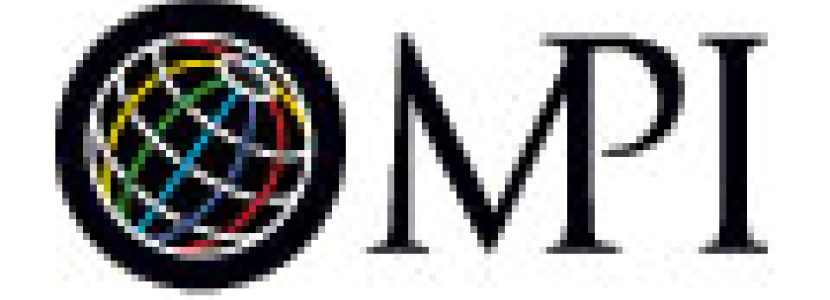
Planners and exhibitors can reap maximum benefits on the show floor.
A successful trade show requires a carefully orchestrated dance between planners and exhibitors, one in which each side is attuned to the objectives of the other. The lines of communication need to be kept open from start to finish.
Here are a few ways to ensure profitable and long-term relationships, as well as successful trade show experiences.
For show planners
Don’t put financial objectives first. While a successful show will generate revenue for an organization, trade show experts say financial gain should never be the only, or even the primary, consideration.
"The best reason for holding a trade show is that it complements the entire agenda of the conference," says Barry Siskind, president of International Training and Management Co. and author of Powerful Exhibit Marketing. "It should present solutions tied to what people have learned during the sessions, and its products and services should also fit in with that. If it’s only about the revenue, that’s misleading to everybody."
Make exhibitors part of the planning process. Getting input from exhibitors about their show objectives is crucial, according to Siskind, who recommends that planners organize a steering committee comprised of exhibitors from companies of various sizes.
"The exhibitors have a vested interest in the show’s success, so let them tell you what they need," he says. If possible, dedicate a staff member to work with exhibitors during all stages of the show, including getting their feedback after the event, Siskind recommends.
Give exhibitors pertinent information. Rather than emphasizing the number of delegates coming to the show, planners should provide exhibitors with relevant demographic information.
"When it comes to buyers, exhibitors are interested in quality over quantity," says Traci Browne, president of Red Cedar Publicity and Marketing, a trade show and conference content firm. "They want to know what motivates the buyers in your audience, what keeps them up at night. If you can share that insight with them, that’s a huge value-add they are likely not getting from another event."
Smart scheduling. Trade show hours should not conflict with other elements of the conference that may be more enticing to attendees. When determining the number of hours or days for show scheduling, less can be more.
"There must be dedicated hours for the trade show when there is nothing major competing with it," says Susan Friedmann, president of The Trade Show Coach. "And a real pet peeve of exhibitors is when the show is kept open during the whole convention. There will be times when no one will be in the hall except very bored exhibitors."
Allow for interaction off the show floor. Include opportunities for exhibitors to connect with attendees other than through booth visitation. Exhibitors may want to schedule one-on-one appointments with buyers or they may want to hold special functions or product launches for selected clients.
"It’s important that there be space set aside for appointments and for exclusive events where exhibitors may want to introduce or demonstrate products out of view of their competitors," Friedman says.
For exhibitors
Man the booth with "rock stars." Rather than staffing the booth only with salespeople, consider including those who designed or updated the product or service.
"Attendees don’t want to be sold to anymore—they want to be educated," Browne says. "Send your company rock stars to the event, the ones behind the app or product. That’s who people want to talk to."
Emphasize what’s new. The vast majority of trade show attendees are coming to see what new products and services are available, according to Friedmann.
"They want to learn new technology, new applications," she says. "You need to have something new to show people. However, it doesn’t necessarily have to be a brand new product. You can also highlight an improvement to an older product or emphasize an angle that the buyer may not know about."
Understand the conference objectives. The more exhibitors understand about the conference audience and the key topics being addressed, the better they will be able to address the needs of potential buyers.
"You need to look at how your product ties in with what is being discussed at the conference," Friedmann says. "Or how you can tweak it to make it relevant."
Keep it interactive. Product demonstrations, especially those that enable people to experience a product with as many of their senses as possible, draw traffic to a booth and foster engagement, according to Siskind.
"When you are preparing your demonstration, find places for audience involvement by letting them touch a keyboard, flick a switch or answer a question," he says.
But recognize that a little can go a long way.
"The attendees are suffering from information overload, and adding more information to their already confused state of mind is counterproductive," Siskind says. "Stay focused on the benefit that is most likely applicable to the audience."
Target your buyers. No matter how many people are coming to the trade show, not all will be potential customers. Exhibitors should work with the show organizer to find who their likely customers are and aim their promotional efforts at them.
"Sometimes it’s only 10% of the audience that are your target customers," Friedmann says. "Doing a mass mailing or other promotion to everyone coming to the show can be a waste of time and money."




